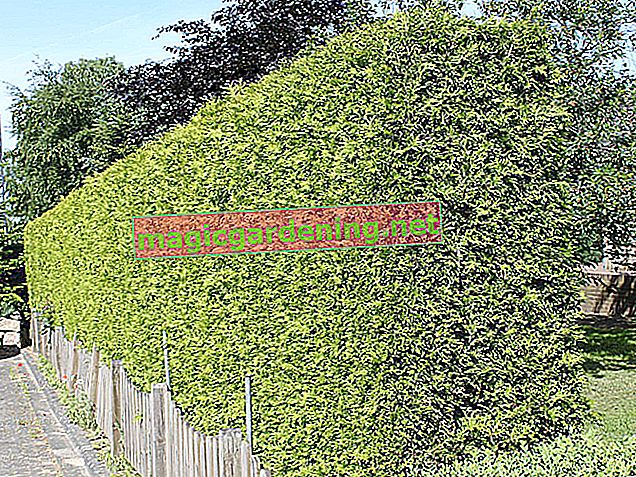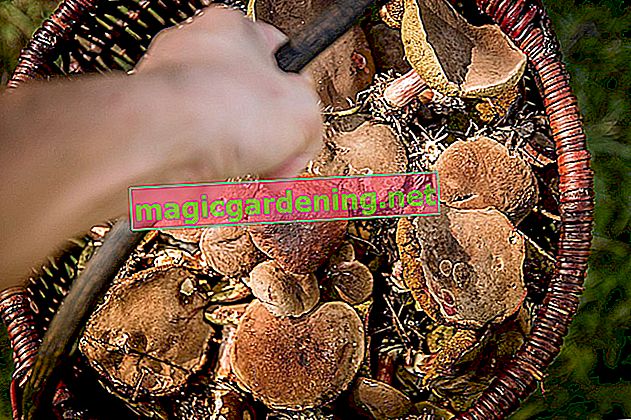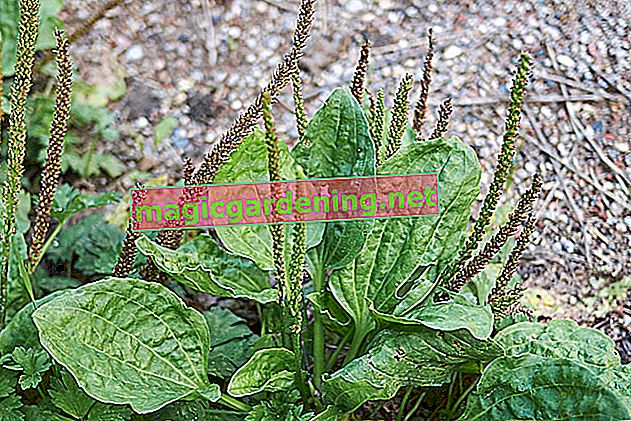
What is lawn replacement?
Instead of a green carpet of grass, the area is covered with lawn substitute plants that form dense cushions and cover the earth.
also read
- Ground cover instead of lawn - tips for lawn replacement
- The lawn is too wet - what to do?
- A lawn without mowing - create a lawn substitute or a wild meadow
This is always worthwhile when the garden is very shady, so that the lawn hardly grows here.
Lawn substitute plants are hardy and can also be walked on without any problems. However, a substitute lawn is not suitable as a play area for the children or as a football field.
Which lawn substitute plants are recommended?
- moss
- Ground cover
- Herbs such as Roman chamomile and thyme
- Padding perennials like pinnate pads
Prepare the soil for the lawn substitute plants
A suitable location is a not too sunny place with loose soil on which the rainwater does not accumulate. In the case of very firm soils, a drainage layer ensures that no waterlogging occurs.
The soil for the lawn substitute is prepared in the same way as for a perennial bed. Weeds, old roots, stones and soil compaction are carefully removed.
Very poor soils should be improved with compost or rotted manure so that the plants receive enough nutrients.
Plant lawn substitutes
The lawn substitute plants are planted either in autumn or in spring.
The gardener needs between 10 and 25 plants per square meter of lawn, depending on the variety. The perennials and herbs are placed close together.
The substitute lawn is poured and kept evenly moist until the plants have grown.
The maintenance of the lawn substitute
A replacement lawn needs just as much maintenance as a real lawn. The gardener must regularly ensure that plants that are lost due to severe drought or excessively high humidity are replaced. Watering is only necessary when the soil is completely dry.
Some lawn substitute plants tend to spread all over the garden. It makes sense to create a lawn edge to keep the lawn substitute in check. Offshoots can be used very well to fill in gaps.
Weeds must be removed regularly until the ground cover has formed a dense area. Otherwise the lawn substitute plants will be too restricted.
Mow lawn replacement
Some lawn substitute plants such as chamomile or thyme can easily be kept short with the lawnmower. The knives are set very high.
If you want to enjoy the scent of your herbal substitute turf, however, you should rather use scissors and make sure that you do not remove all the flowers.
You can use the cut branches as a condiment in the kitchen or enjoy as a delicious herbal tea.
Tips & Tricks
Lawn substitutes have been popular in England and the Mediterranean for centuries. The Roman chamomile was often planted here, which is so robust that it is good for it to be visited frequently. The great poet Shakespeare already raved about the aromatic scents that arise as a result.
Ce








